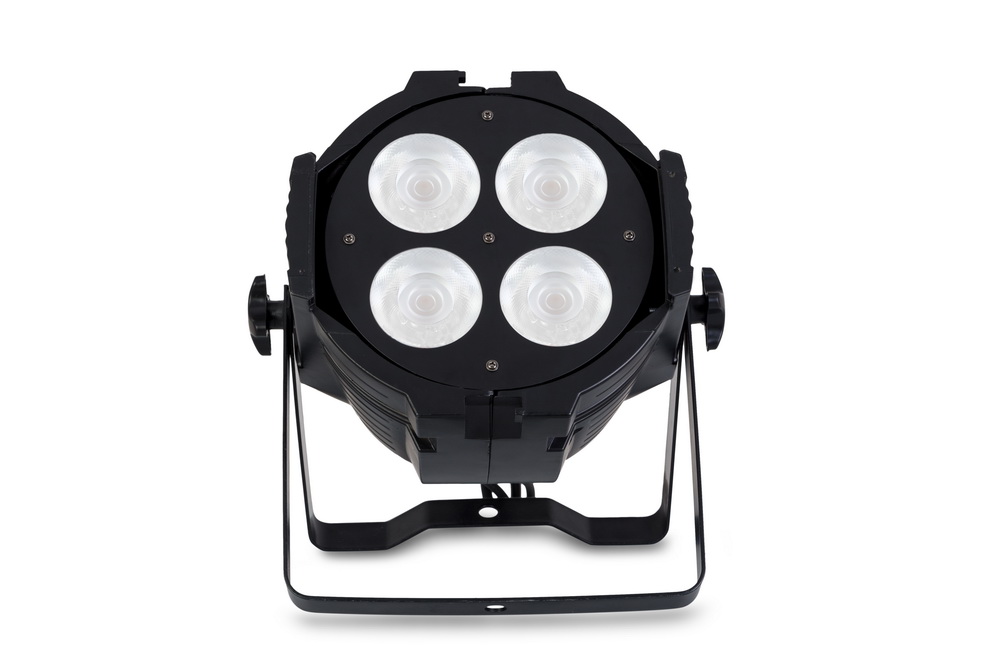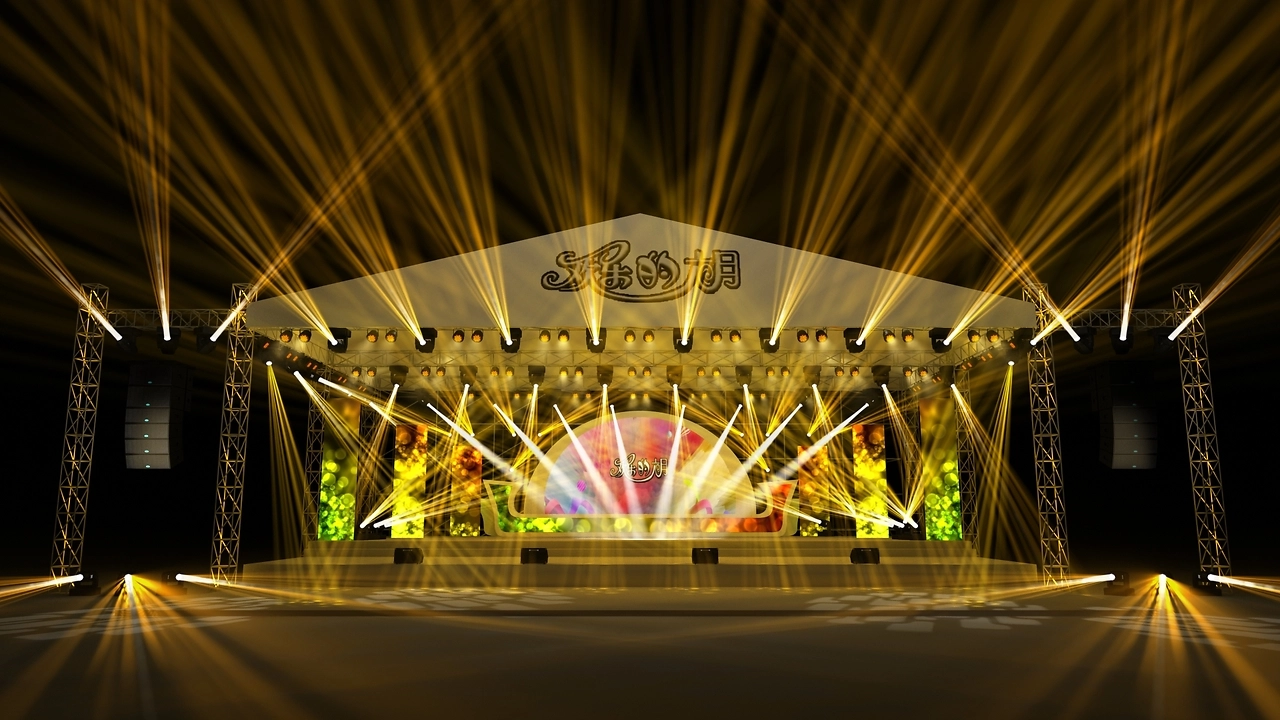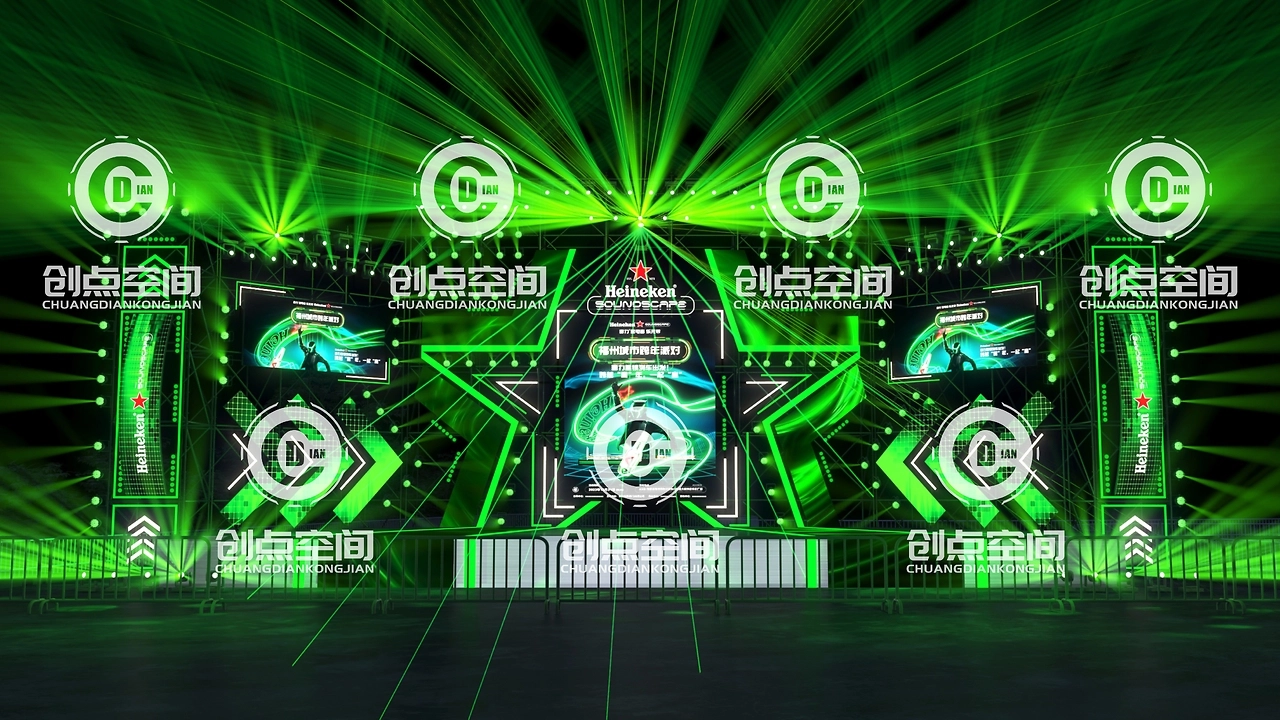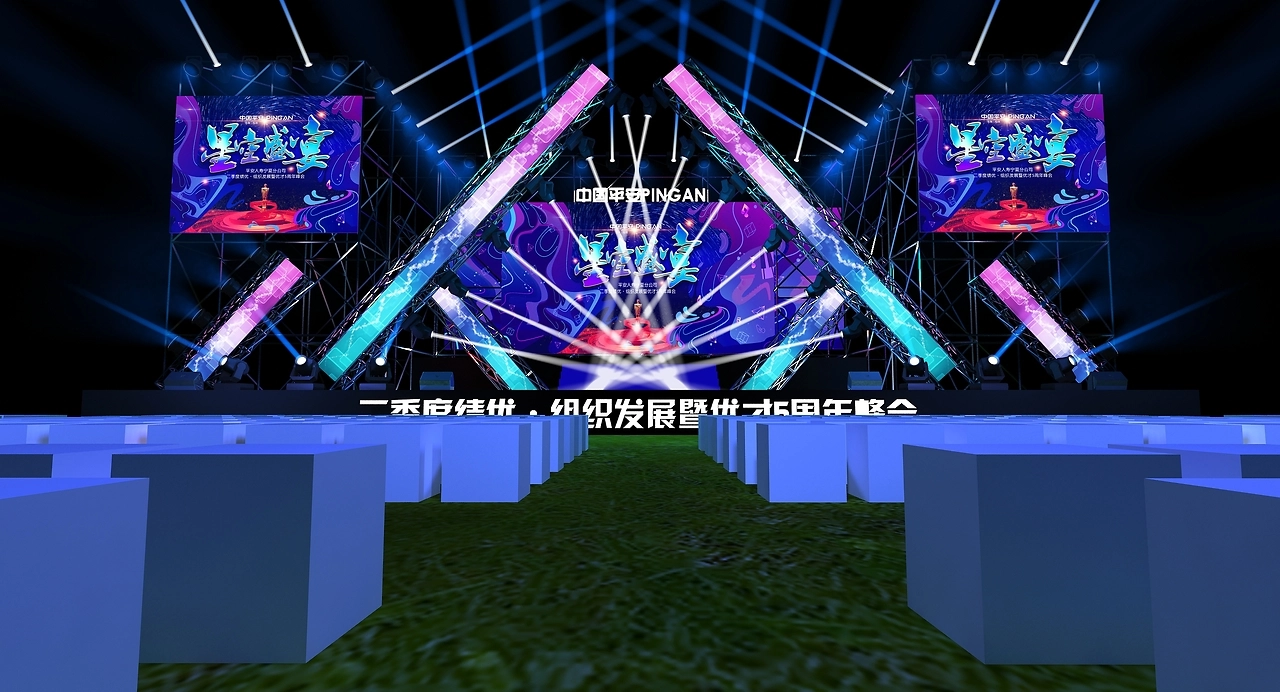Kinetic Ball: The Art and Science of Dynamic Energy
At the intersection of physics and art, there is a magical device called the Kinetic Ball. It is not only a concrete manifestation of scientific principles, but also a crystallization of human exploration of energy conversion and dynamic aesthetics. From mechanics experiments in physics classrooms to immersive installations in modern art museums, the Kinetic Ball attracts the imagination of the public with its unique form of motion. This article will delve into its principles, applications, and future potential.
1、 What is a Kinetic Ball?
A Kinetic Ball typically refers to a dynamic system composed of multiple interconnected components, whose core is to convert kinetic energy into visual motion through mechanical structures. The most common form is composed of suspended metal spheres connected by ropes or rods. When one of the spheres is disturbed, the potential energy and kinetic energy of the system will be transmitted in sequence, forming a chain reaction. This design intuitively demonstrates physical laws such as conservation of momentum and energy transfer, and is known as the 'ballet of physics'.
Whatsapp:+86 134 1860 8878
2、 Scientific Principles: Elegant Demonstration of Energy Transfer
1. Conservation of Momentum and Collision
When a sphere in the system is pushed, its momentum is transmitted to adjacent spheres through elastic collision, ultimately causing the sphere at the other end to pop out. This process perfectly interprets Newton's third law (action and reaction) and the law of conservation of momentum.
2. Energy loss and efficiency
In reality, there is friction and air resistance in the system, resulting in a gradual decay of energy after each transmission. Engineers often improve transmission efficiency by optimizing materials (such as using low friction bearings) or adding magnetic levitation technology.
3. Resonance and Frequency
In complex systems, the oscillation frequency of a sphere may cause resonance phenomena, resulting in an increase in the amplitude of the sphere at specific positions. This feature is applied in seismic design of buildings, enhancing structural stability through simulating dynamic equilibrium.
3、 Application scenarios of Kinetic Ball
**1. Education field: making physics visible**
In primary and secondary schools as well as university laboratories, the Kinetic Ball is a star teaching tool for mechanics education. Students can intuitively understand abstract concepts such as energy conversion and collision types (elastic/inelastic) by observing the trajectory of the ball. For example, the physics course at the Massachusetts Institute of Technology (MIT) designed an adjustable length Kinetic Ball system to help students explore the relationship between mass and speed.
2. Fitness and Rehabilitation: Dynamic Training Tools
In modern gyms, the Kinetic Ball has evolved into a "suspended training ball" (such as the TRX suspension system). By mobilizing the core muscle group to maintain balance, users can engage in whole-body strength training. In addition, its low impact characteristics make it a popular choice for joint rehabilitation training.
3. Art Installation: Integration of Technology and Aesthetics
Artists such as Ruben Margolin use Kinetic Balls to create large-scale dynamic sculptures, combining mechanical motion with light and shadow to create breathtaking public art. For example, the floating ball device outside the Marina Bay Sands Hotel in Singapore is programmed to control the rhythm of the ball's movement, echoing the streamlined design of the building itself.
4. Industry and Technology: Inspiration for Precision Machinery
The transmission mechanism of the Kinetic Ball has inspired engineering fields such as robot joint design and satellite solar panel deployment systems. The linkage structure of the robotic arm in NASA's Mars probe Curiosity draws inspiration from similar energy transfer logic.
4、 Historical evolution: from toys to cutting-edge technology
In the 17th century, the earliest similar devices appeared in European courts as "mechanical magic" for aristocratic entertainment.
In the 19th century, physicist John Watson improved it into a teaching tool and named it "Newton's Cradle".
21st century: With the advancement of materials science and computer control technology, Kinetic Balls have shifted from static displays to dynamic interactions, such as combining sensors to change motion patterns in real time.
Whatsapp:+86 134 1860 8878
5、 Future outlook: Beyond the boundaries of physics
1. Intelligent Kinetic System
Future Kinetic Balls may integrate AI algorithms to automatically adjust motion modes based on environmental changes. For example, in smart homes, dynamic spheres can sense the number of people inside and adjust airflow.
2. Sustainable energy applications
Researchers are attempting to combine Kinetic Balls with piezoelectric materials to convert mechanical energy into electrical energy, powering low-power devices.
3. Space exploration
NASA is testing shock absorbers based on the Kinetic principle to protect spacecraft from impacts during landing.
Whatsapp:+86 134 1860 8878
Conclusion: The Eternal Poem of a Dynamic World
The Kinetic Ball is not only a poetic expression of physical laws, but also a microcosm of human innovation spirit. It reminds us that starting from a swinging sphere can not only explore the laws of the universe, but also create life changing technologies. With the deepening of interdisciplinary integration, the story of Kinetic Ball will continue to write new chapters in laboratories, galleries, and urban spaces.
Perhaps the next time you see a suspended metal sphere silently swaying, you will hear the sound of energy flowing and see the future where science and art dance together.





